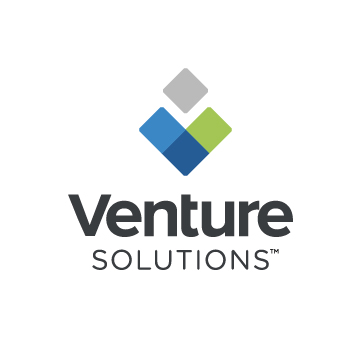
July 30, 2024
Customer Communication Management (CCM) in healthcare refers to the strategic approach and set of technologies healthcare organizations use to manage and optimize communication with patients, providers, and other stakeholders. Its primary goal is to enhance communication quality, efficiency, and effectiveness, ultimately improving patient experiences and healthcare outcomes.

The healthcare industry relies on a complex documentation system to facilitate communication, meet regulatory guidelines, manage claims processing, and maintain accurate patient records. These documents support healthcare processes, from patient care to administrative functions.

These types of healthcare communications facilitate interactions between patients, policyholders, healthcare providers, and insurance companies, ensuring effective patient care, coverage, and claims administration.

The approach to customer communication in the healthcare industry has evolved with a shift toward digital delivery. While traditional print and mail communication methods still play an important role, healthcare organizations increasingly recognize the advantages of leveraging digital channels to enhance efficiency, accessibility, and patient engagement.
It’s crucial to strike a balance that meets the needs of a diverse patient population while leveraging various types of communication in healthcare.
Below are key considerations for digital, print & mail, and omni-channel approaches:


While digital communication in healthcare is becoming increasingly prevalent, print & mail methods are still necessary. For this reason, the healthcare industry often uses an omni-channel approach, recognizing the importance of accommodating patient preferences and meeting legal and regulatory requirements.

Implementing effective Customer Communication Management (CCM) in healthcare involves adopting best practices to ensure seamless interactions between providers and patients. Communicating with patients in relevant, personalized, and easily accessible ways promotes high patient satisfaction rates. By incorporating these best practices into CCM strategies, healthcare organizations can establish a solid foundation for patient-centered communication that improves patient outcomes and overall satisfaction.


Customer Communication Management (CCM) in healthcare offers a range of benefits that contribute to improved patient experiences, streamlined operations, and enhanced overall healthcare outcomes.
By prioritizing communication strategies that engage patients, support care coordination, and leverage technology, healthcare organizations can create positive experiences and ultimately improve patient outcomes.
If it’s time to evaluate your customer communication management software, Venture Solutions can help.
Venture Solutions offers comprehensive customer communications options that drive digital transformation through omni-channel delivery, focusing on personalization, automation, and customer experience.
Whether you already have an omni-channel customer communication strategy or need help getting started, Venture Solutions has everything you need to deliver next-level customer service. Our communications management software helps healthcare organizations realize the benefits of omni-channel delivery, including reduced costs, improved customer experience, and greater operational efficiencies.
Our customer communication management services include:

© 2026 Venture Solutions Inc. All Rights Reserved